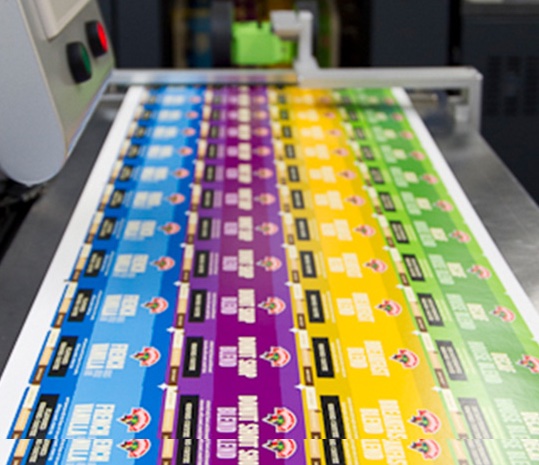The Founding Years (1976–1980)
Apple was founded on April 1, 1976, by Steve Jobs, Steve Wozniak, and Ronald Wayne in Cupertino, California. Their goal was to create user-friendly personal computers at a time when computing was still seen as a tool for specialists. Wozniak designed the Apple I, the company’s first product, which was sold as a motherboard rather than a complete computer. Despite its simplicity, it attracted the attention of enthusiasts and marked the beginning of a new era in home computing.
In 1977,Apple introduced the Apple II, a groundbreaking success. It was one of the first mass-produced microcomputers, equipped with color graphics and a user-friendly design. The Apple II became popular in schools and small businesses, giving the company financial stability and brand recognition.
The Macintosh Revolution (1984)
Apple continued to innovate through the early 1980s, culminating in the release of the Macintosh in 1984. Its launch was famously advertised during the Super Bowl with a commercial directed by Ridley Scott, positioning the Macintosh as a symbol of freedom and creativity against conformity.
The Macintosh introduced the graphical user interface (GUI) and mouse navigation to a mass audience. While sales were initially modest compared to IBM PCs, the Mac became iconic for its design and usability, especially among creative professionals.
Struggles and Leadership Changes (1985–1996)
After internal conflicts, Steve Jobs left Apple in 1985. The company struggled throughout the late 1980s and early 1990s, facing stiff competition from Microsoft’s Windows-based PCs. Although products like the Power Macintosh and the Newton PDA showed ambition, they failed to restore Apple’s leadership. By the mid-1990s, Apple was losing market share and profitability, leading analysts to predict its possible collapse.
The Return of Steve Jobs and the iMac Era (1997–2000)
In 1997, Apple acquired NeXT, the company founded by Jobs after his departure. This move brought Jobs back to Apple, where he soon became CEO. His return marked a turning point. Jobs streamlined Apple’s product line, eliminated underperforming projects, and focused on bold, innovative design.
In 1998, Apple launched the iMac, a colorful, all-in-one computer designed by Jony Ive. It was a commercial success that revitalized Apple’s image as a design-driven and consumer-friendly brand.
The iPod and iTunes Revolution (2001–2006)
Apple’s expansion beyond computers began with the release of the iPod in 2001. This portable music player, paired with the iTunes software and later the iTunes Store, transformed the way people consumed music. Apple quickly dominated the digital music industry, setting the stage for its evolution into a consumer electronics giant.
The iPhone and Global Dominance (2007–2011)
Perhaps the most significant moment in Apple’s history came in 2007, when Jobs introduced the iPhone. Combining a phone, iPod, and internet communicator, the iPhone redefined mobile technology. Its touchscreen interface and app ecosystem changed the industry forever.
The launch of the App Store in 2008 further fueled Apple’s growth, creating an entire economy of mobile applications. The iPhone became Apple’s flagship product, generating unprecedented profits and making Apple one of the most valuable companies in the world.
Post-Jobs Era and Continued Innovation (2011–Present)
Steve Jobs passed away in 2011, leaving Tim Cook as CEO. Under Cook’s leadership, Apple has continued to thrive. The company introduced new product lines such as the Apple Watch and AirPods, while continuing to refine its Mac, iPhone, and iPad ranges. Services like Apple Music, Apple TV+, and iCloud have diversified revenue streams beyond hardware.
Apple has also become a leader in sustainability and privacy advocacy, committing to carbon neutrality and emphasizing user data protection. In 2018, Apple became the first U.S. company to reach a market capitalization of $1 trillion, later surpassing $2 trillion.

